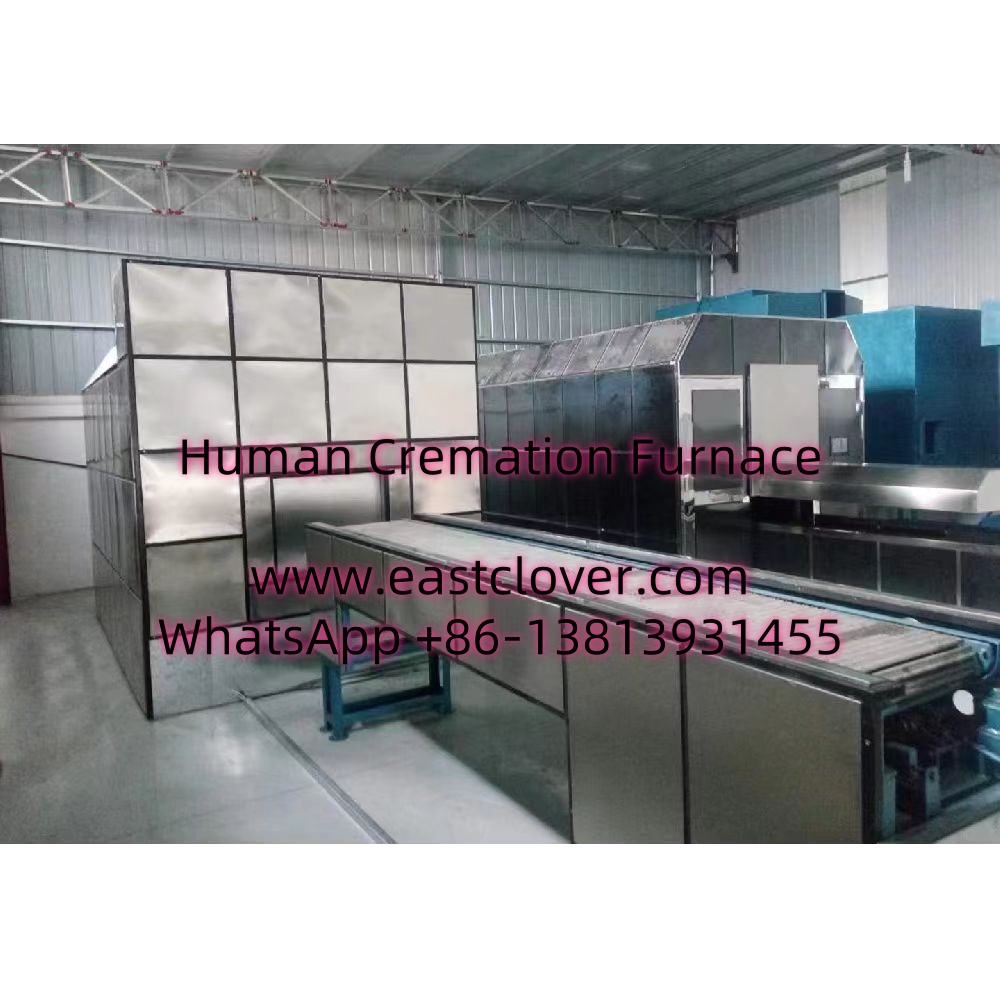Introduction to Mobile Cremation Furnaces
In recent years, the funeral industry has seen significant advancements aimed at meeting evolving societal needs. One such innovation is the mobile cremation furnace, a groundbreaking solution that brings cremation services directly to families and communities. This technology not only addresses logistical challenges but also aligns with the growing demand for personalized, flexible, and environmentally conscious end-of-life care.
Understanding Mobile Cremation Furnaces
A mobile cremation furnace is a compact, transportable unit designed to perform cremations at locations outside traditional funeral homes. These units are typically mounted on trailers, making them accessible for use in remote areas, disaster zones, or even at the deceased’s residence. Equipped with advanced filtration systems, they ensure compliance with environmental standards while offering a dignified and efficient alternative to conventional methods.
How It Works
The process begins with the transportation of the furnace to the desired location. Once set up, the unit uses high-temperature incineration (typically between 1,400–1,800°F) to reduce the body to bone fragments, which are then processed into ashes. Modern mobile furnaces incorporate pollution-control technologies, such as scrubbers and filters, to minimize emissions and particulate matter.
Benefits of Mobile Cremation Services
- Accessibility: Ideal for rural regions, disaster areas, or communities lacking permanent cremation facilities.
- Personalization: Families can hold ceremonies in meaningful locations, such as homes or outdoor settings.
- Cost-Effectiveness: Reduces overhead costs associated with permanent facilities, often lowering prices for families.
- Environmental Sustainability: Advanced filters reduce carbon footprints compared to older cremation systems.
- Crisis Response: Vital during pandemics or natural disasters, where traditional systems may be overwhelmed.
Challenges and Considerations
While mobile cremation furnaces offer numerous advantages, they also face challenges:
- Regulatory Hurdles: Compliance with local emissions laws and transportation regulations can be complex.
- Public Perception: Cultural or religious beliefs may influence acceptance of mobile cremation.
- Operational Limitations: Requires trained personnel and careful coordination for setup and logistics.
Real-World Applications
Mobile cremation units have been deployed globally:
- In India, they serve remote villages with limited access to crematoriums.
- In the U.S., they support Indigenous communities in preserving traditional burial practices.
- During the COVID-19 pandemic, mobile units helped manage surges in mortality rates.
www.southclover.com
Mobile cremation furnaces represent a transformative shift in funeral services, combining flexibility, sustainability, and empathy. By decentralizing end-of-life care, they empower families to honor loved ones in ways that resonate personally and culturally. As technology advances and societal attitudes evolve, these innovations are poised to become a cornerstone of modern funeral practices.
FAQs
1. How does mobile cremation differ from traditional cremation?
Mobile cremation occurs at a location chosen by the family, whereas traditional cremation is performed at a fixed facility. The process itself is similar, but mobile units prioritize portability and on-site service.
2. Are mobile cremation furnaces environmentally safe?
Yes. Modern units include filtration systems to reduce emissions, meeting or exceeding environmental regulations in most regions.
3. Can mobile cremation accommodate cultural or religious practices?
Absolutely. Many providers tailor services to align with specific rituals, whether through timing, location, or ceremony structure.
4. What are the costs compared to traditional options?
Mobile services often cost less due to reduced facility overheads, but prices vary based on location and customization.
5. How quickly can a mobile furnace be deployed?
Deployment times depend on logistics, but many providers offer same- or next-day services in urgent situations.

Comments are closed